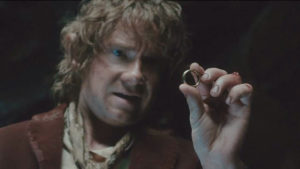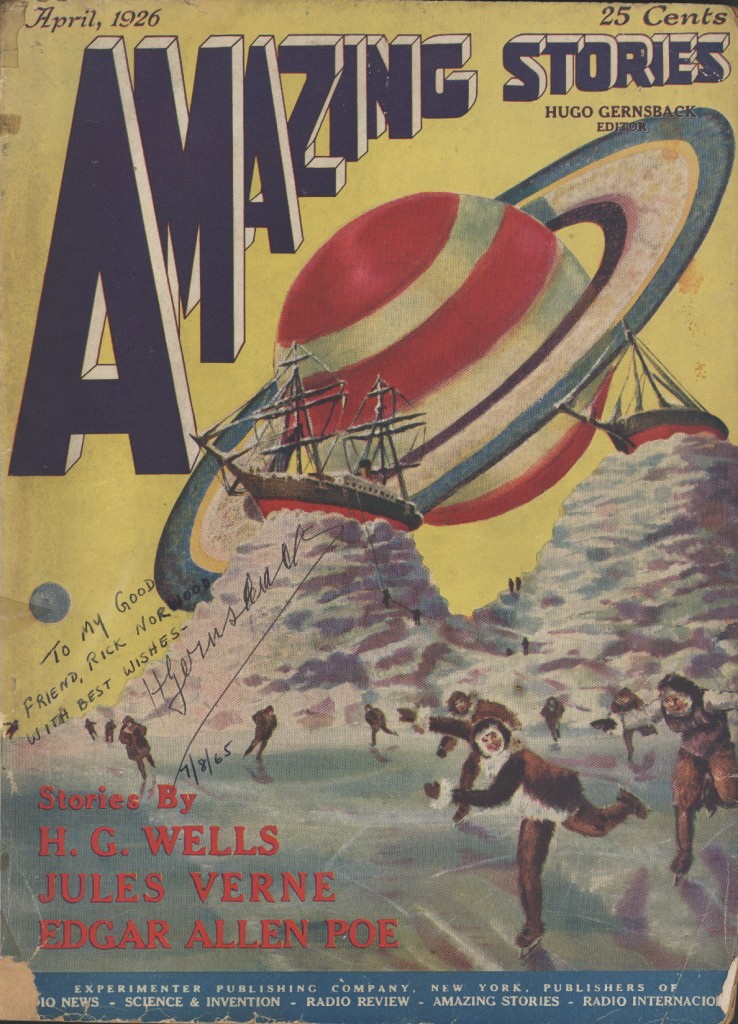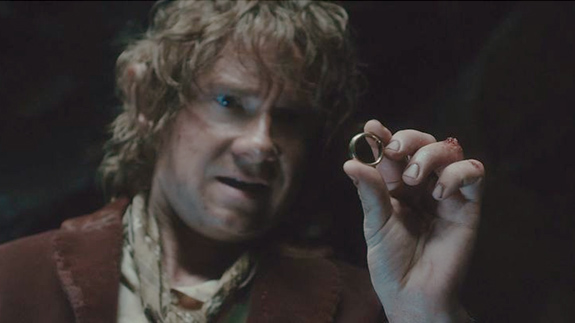The Lord of The Rings as Realism

Imagine proposing Monet or Picasso as art realists—the reaction one expects when asserting that J.R.R. Tolkien’s “The Lord of The Rings”, notwithstanding elves, goblins, wizards, dragons, is radically realistic.
Don’t be fooled by Tolkien’s archaic forms of speech, jaw breaking names for people and places, or dense song-making, as this story is more realistic than storytelling deeply rooted in the modern world or rife with modern angst. Starting with the consequences of self-sacrifice, when such sacrifice is likely to end in failure and destruction. Frodo and Sam take on the mission of conveying the Ring of Power to Mordor so as to destroy it, but the likelihood of success is close to zero and the probability that the Ring will destroy them—destruction in a sense worse than death—is all but certain. Not because there is glory in this mission, because it is necessary. Where else have the stakes been portrayed so graphically as in the person of Gollum, who is both Frodo’s guide and fallen self? Even Frodo’s grand “success” leaves him in a world in which the damage he sustained cannot be healed, as often occurs with those who make heroic sacrifices. If final healing can be obtained, Tolkien suggests it must occur beyond the confines of this world.
The Voice of Saruman the traitorous wizard is depicted as having the power to sway the minds of the great and small alike. Though we are loath to admit that we can be so swayed, how often do we make decisions based on what compelling voices, laden with appeals to our emotions and predispositions, tell us to do? How hard it is, especially for the educated and strong-minded, to admit they can be twisted, yet history repeatedly demonstrates that human beings can be convinced of anything when “Voices” appeal to their self-interests or kindle strong fears.
The Palantir is a kind of crystal ball in which other places and events can be viewed, a seeing stone that ostensibly bestows power on the viewer. In fact, it is employed to make Denethor, the steward/ruler of Gondor, see what the Enemy wants him to see, to twist and ultimately break his mind with rage and despondency. Don’t our modern Palantirs—Internet, phones, virtual reality games, social media, TV—promise knowledge, entertainment, or power while manipulating our emotions and beliefs? Aren’t we often enfeebled rather than empowered by such things?
Most of us would have endless life if we could, but the immortal elves in Middle Earth, for all their creativity and wisdom, are restless with the impermanence of the world around them, a restlessness that days without end cannot ameliorate; the reason the elves are slowly embarking from a Middle Earth to which they are still strongly attached. Tolkien well understood Augustine’s admonition that nothing in this world can ultimately satisfy.
Lastly, the Ring of Power; rather, the Ring of Slavery, its effects depicted in the Ringwraiths and Gollum: an endlessly horrible existence, the eradication of freedom, power to destroy but not create anything with a sliver of beauty, utter slavery to the Maker of the Ring. When tormented by a “Voice” or “Palantir” or “Ring”, haven’t we had internal conversations eerily similar to Gollum’s terrifying soliloquies? Is the Ring in the story so different from the effects of drug addictions, sexual obsessions, the relentless accumulation of things and power, all-consuming hatred of the “other”, that plague humankind? Every one of us must make choices, sometimes daily, as to whether to put on the Ring that promises what our fallen self desires, or to put it away.
Contrast the realism depicted in modern literature with Tolkien’s realism. For the moderns: our perspective defined by psychology, culture, education, victimhood, chance; our purpose self-defined; a materialistic universe and the finality of death. For Tolkien: the insidious lure of sin, the call to “irrational” self-donation, hope beyond our human frailty and the grave. One might say mutually exclusive realities. I’ve read “The Lord of The Rings” many times, first as fantasy and adventure—a heroic saga, as myth come to life—but in the twilight of my life as a relentlessly realistic portrayal of the human condition that we’d do well to heed.


